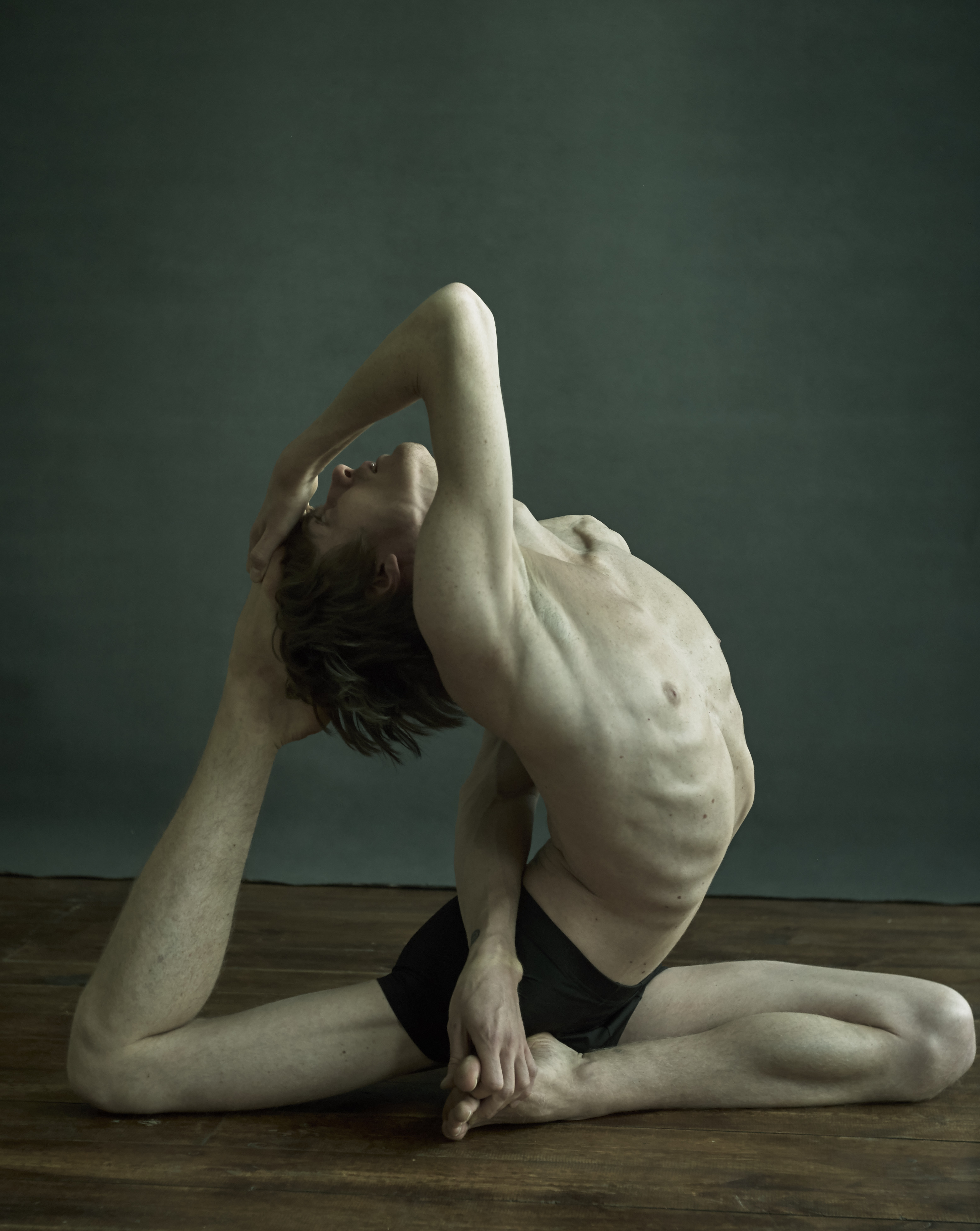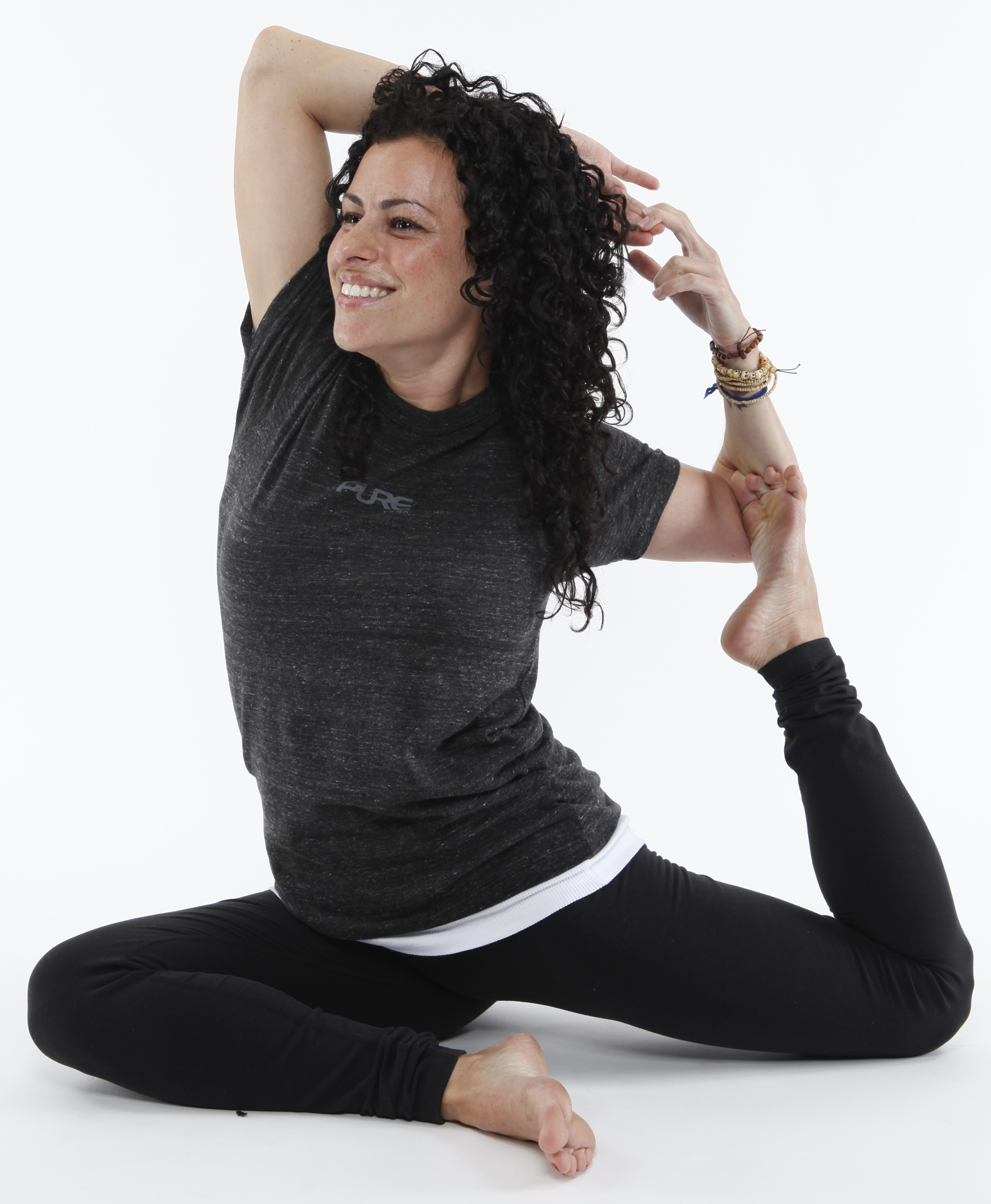Rajakapotasana on:
[Wikipedia]
[Google]
[Amazon]
 Eka Pada Rajakapotasana ( sa, एक पाद राजकपोतासन;
Eka Pada Rajakapotasana ( sa, एक पाद राजकपोतासन;
 Starting from sitting in
Starting from sitting in
File:Kapotasana-Yoga-Posture-Pigeon.jpg, In this variation, the rear foot hooks the arm on the same side.
File:IMG 0585 2-- Swan.jpg, Swan Pose in Yin Yoga is similar to Salamba Kapotasana. For the 'sleeping' variant, the body is reclined forwards over the bent leg.
File:Aerial Yoga.jpg, Aerial yoga class practising Flying Pigeon Pose, a hammock-supported variant
File:Taube2a (cropped).jpg, Variation with both hands grasping the rear foot
 Eka Pada Rajakapotasana ( sa, एक पाद राजकपोतासन;
Eka Pada Rajakapotasana ( sa, एक पाद राजकपोतासन; IAST
The International Alphabet of Sanskrit Transliteration (IAST) is a transliteration scheme that allows the lossless romanisation of Indic scripts as employed by Sanskrit and related Indic languages. It is based on a scheme that emerged during ...
: ''Eka Pāda Rājakapotāsana''), Rajakapotasana, or ne-leggedKing Pigeon Pose is a seated back-bending asana
An asana is a body posture, originally and still a general term for a sitting meditation pose,Verse 46, chapter II, "Patanjali Yoga sutras" by Swami Prabhavananda, published by the Sri Ramakrishna Math p. 111 and later extended in hatha yoga ...
in modern yoga as exercise
Yoga as exercise is a physical activity consisting mainly of postures, often connected by flowing sequences, sometimes accompanied by breathing exercises, and frequently ending with relaxation lying down or meditation. Yoga in this form has ...
. The Yin Yoga form of the asana is named Swan Pose, while the Aerial yoga variant, supported in a hammock, is called Flying Pigeon Pose. The basic pose is described in the 20th century by two of Krishnamacharya
Tirumalai Krishnamacharya (18 November 1888 – 28 February 1989) was an Indian yoga teacher, ayurvedic healer and scholar. He is seen as one of the most important gurus of modern yoga, and is often called "the father of modern yoga" for h ...
's pupils, Pattabhi Jois
K. Pattabhi Jois (26 July 1915 – 18 May 2009) was an Indian yoga guru who developed and popularized the flowing style of yoga as exercise known as Ashtanga vinyasa yoga. In 1948, Jois established the Ashtanga Yoga Research Institute in Mys ...
and B. K. S. Iyengar
Bellur Krishnamachar Sundararaja Iyengar (14 December 1918 – 20 August 2014) was an Indian teacher of yoga and author. He is founder of the style of yoga as exercise, known as " Iyengar Yoga", and was considered one of the foremost yoga guru ...
; several other variants have been created. It is one of the yoga poses often used in advertising to convey desired qualities such as flexibility and grace.
Etymology and origins
The name comes from the Sanskrit words "eka" (एक) meaning "one"; "pada" (पाद) meaning "foot", "rāja" (राज) meaning "king", ''kapota'' (कपोत) meaning "pigeon" and ''āsana'' (आसन) meaning "posture" or "seat". The pose is described in the 20th century by two ofKrishnamacharya
Tirumalai Krishnamacharya (18 November 1888 – 28 February 1989) was an Indian yoga teacher, ayurvedic healer and scholar. He is seen as one of the most important gurus of modern yoga, and is often called "the father of modern yoga" for h ...
's pupils, Pattabhi Jois
K. Pattabhi Jois (26 July 1915 – 18 May 2009) was an Indian yoga guru who developed and popularized the flowing style of yoga as exercise known as Ashtanga vinyasa yoga. In 1948, Jois established the Ashtanga Yoga Research Institute in Mys ...
in his Ashtanga Vinyasa Yoga, and B. K. S. Iyengar
Bellur Krishnamachar Sundararaja Iyengar (14 December 1918 – 20 August 2014) was an Indian teacher of yoga and author. He is founder of the style of yoga as exercise, known as " Iyengar Yoga", and was considered one of the foremost yoga guru ...
in his ''Light on Yoga
''Light on Yoga: Yoga Dipika'' (Sanskrit: योग दीपिका, "Yoga Dīpikā") is a 1966 book on the Iyengar Yoga style of modern yoga as exercise by B. K. S. Iyengar, first published in English. It describes more than 200 yoga posture ...
''.
Description
 Starting from sitting in
Starting from sitting in Dandasana
Pashchimottanasana ( sa, पश्चिमोत्तानासन, translit=paścimottānāsana), Seated Forward Bend, or Intense Dorsal Stretch is a seated forward-bending asana in hatha yoga and modern yoga as exercise. Janusirsasana is a v ...
(stick pose), one knee is bent, keeping the knee on the floor, so the foot is just in front of the groin, and the other leg is taken straight back. For the completed pose bend the knee of the rear leg, and grasp the foot or ankle with one or both hands. Rajakapotasana is described as strongly hip-opening, both increasing the outward rotation of the femur
The femur (; ), or thigh bone, is the proximal bone of the hindlimb in tetrapod vertebrates. The head of the femur articulates with the acetabulum in the pelvic bone forming the hip joint, while the distal part of the femur articulates ...
in the hip joint
In vertebrate anatomy, hip (or "coxa"Latin ''coxa'' was used by Celsus in the sense "hip", but by Pliny the Elder in the sense "hip bone" (Diab, p 77) in medical terminology) refers to either an anatomical region or a joint.
The hip region is ...
of the front leg, and lengthening the hip-flexing psoas muscle of the rear leg. The hip of the front leg can be supported by a repeatedly-folded blanket if it does not descend fully to the floor.
Variations
Of Rajakapotasana I
In Supported ingPigeon or Salamba Kapotasana, the rear leg is straight out and the hands are on the ground beside the hips, reducing the backbend. If comfortable, the back may be arched and the gaze directed straight upwards. In Sleeping Pigeon (or Sleeping Swan in Yin Yoga), the rear leg is straight with the body and arms stretched forwards over the bent forward leg. This pose is sometimes named "Pigeon", but it is a different pose from the advanced kneeling backbend ofKapotasana
Kapotasana ( sa, कपोतासन; IAST: ''Kapotāsana'') or Pigeon Pose is a kneeling back-bending asana in modern yoga as exercise.
Asanas based on One-legged King Pigeon pose, Rajakapotasana, are also sometimes called "Pigeon".
Etymol ...
.
In Aerial yoga, Flying Pigeon Pose is a hammock-supported variant with one foot hooked across the front of the hammock.
The pose can be practised with the rear knee against a wall, the lower leg vertical with a strap around the foot, working towards the full pose. The strap is grasped with both hands, the arms reversed so that the elbows point upwards.
Eka Pada Rajakapotasana II, III, and IV
For Eka Pada Rajakapotasana II, the hands and the rear foot are as for Rajakapotasana I, but the sole of the front foot is on the floor in front of the hip, and the front knee is sharply bent with the knee forwards of the foot; the hips are off the ground. In Eka Pada Rajakapotasana III, the hands and the rear foot are as for Rajakapotasana I, but according to Iyengar Yoga the front knee points forwards, with the front foot and lower leg on the ground beneath the thigh. For Eka Pada Rajakapotasana IV, the hands and the rear foot are as for Rajakapotasana I, but the front foot is stretched straight forwards along the ground. The pose may be practised using props: the rear lower leg vertically up a wall, ayoga block
A yoga brick or yoga block is a smooth block of wood or of firm but comfortable material, such as hard foam rubber or cork, used as a prop in yoga as exercise.
The use of wooden bricks to assist in alignment was introduced by B. K. S. Iyengar, ...
under the sitting bones, another block if needed under the front leg, and a strap between the hands and the rear foot.
See also
* Anjaneyasana, the closely related Crescent Moon pose, with the front foot on the floor and the front knee raised *Kapotasana
Kapotasana ( sa, कपोतासन; IAST: ''Kapotāsana'') or Pigeon Pose is a kneeling back-bending asana in modern yoga as exercise.
Asanas based on One-legged King Pigeon pose, Rajakapotasana, are also sometimes called "Pigeon".
Etymol ...
, Pigeon pose
References
{{Yoga as exercise Backbend asanas Hip-opening asanas Asymmetric asanas